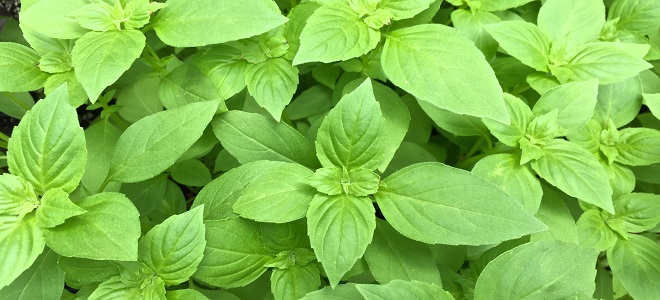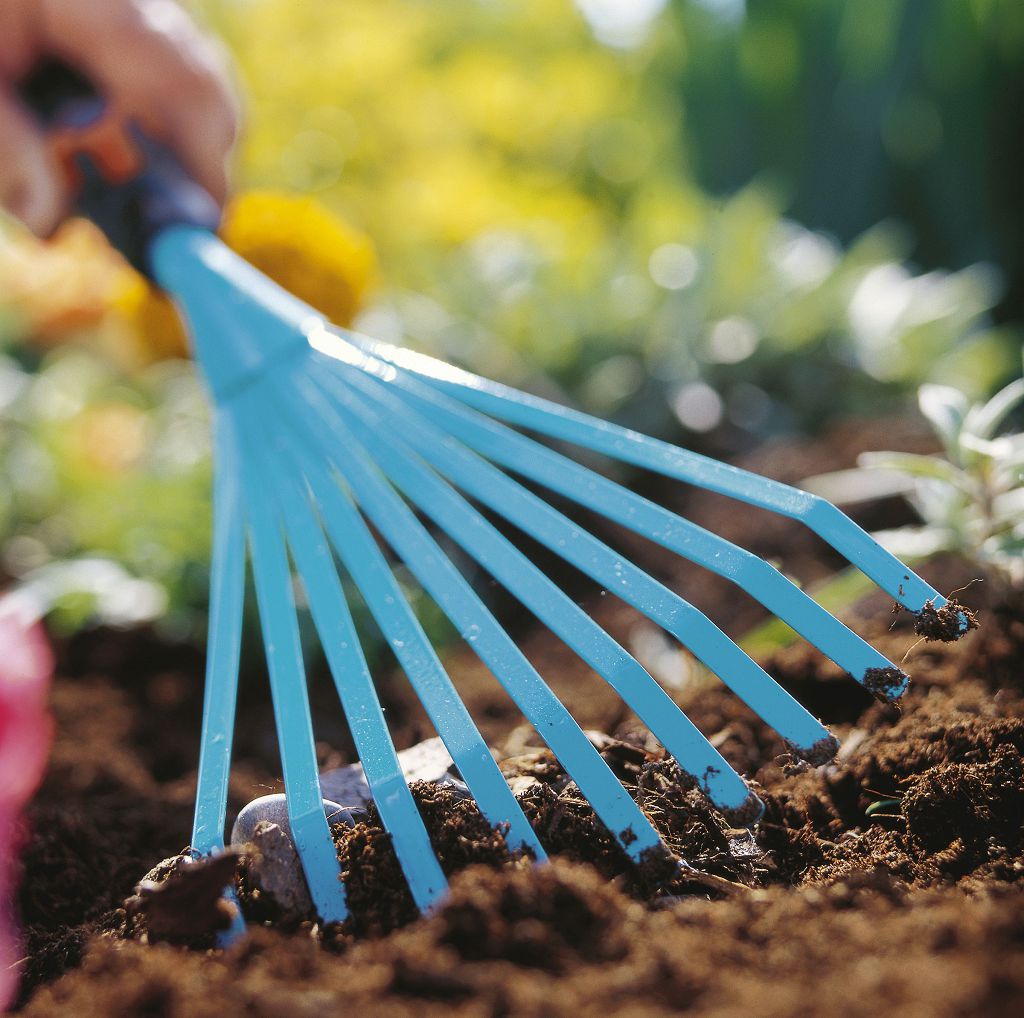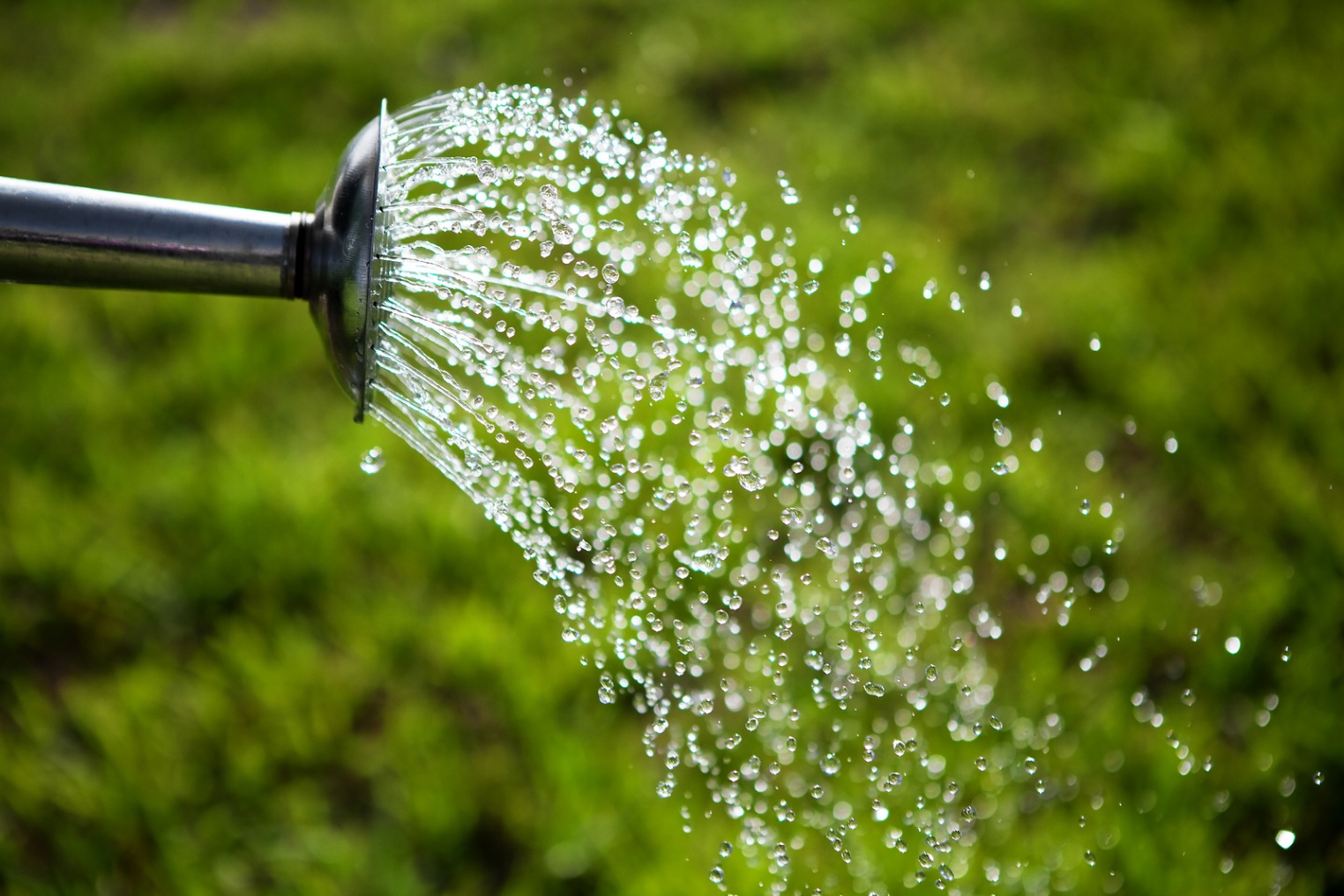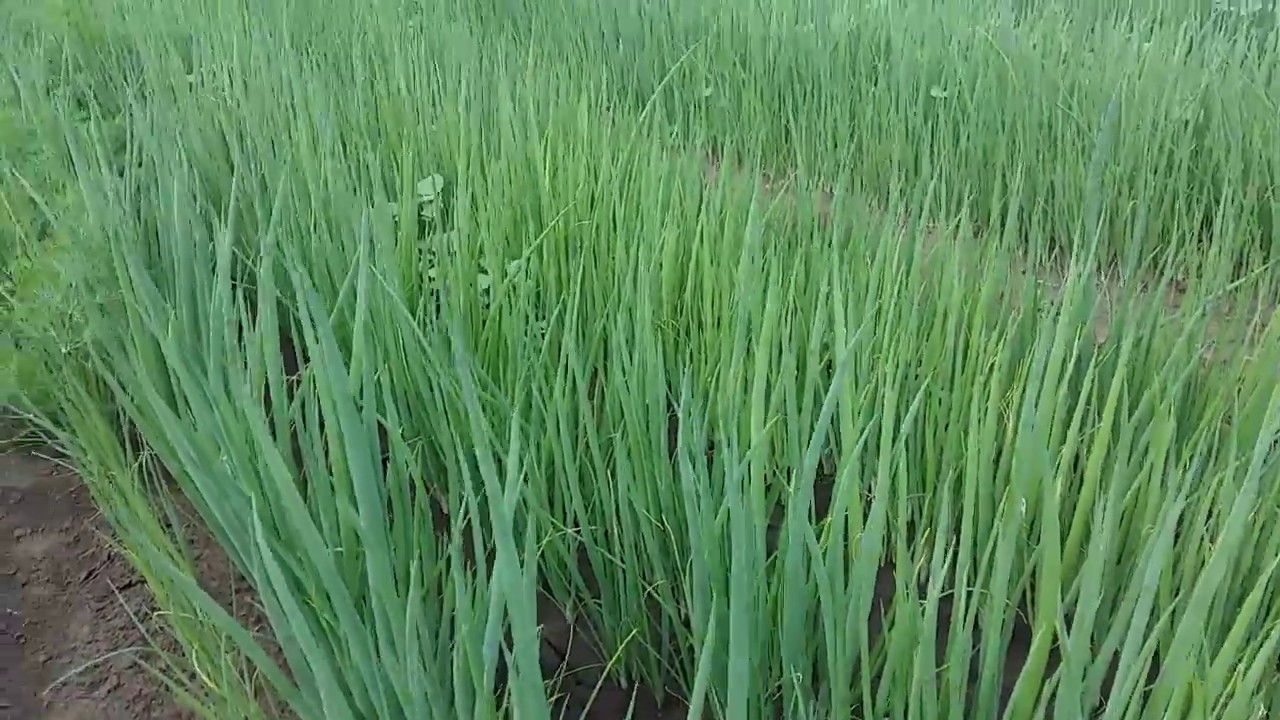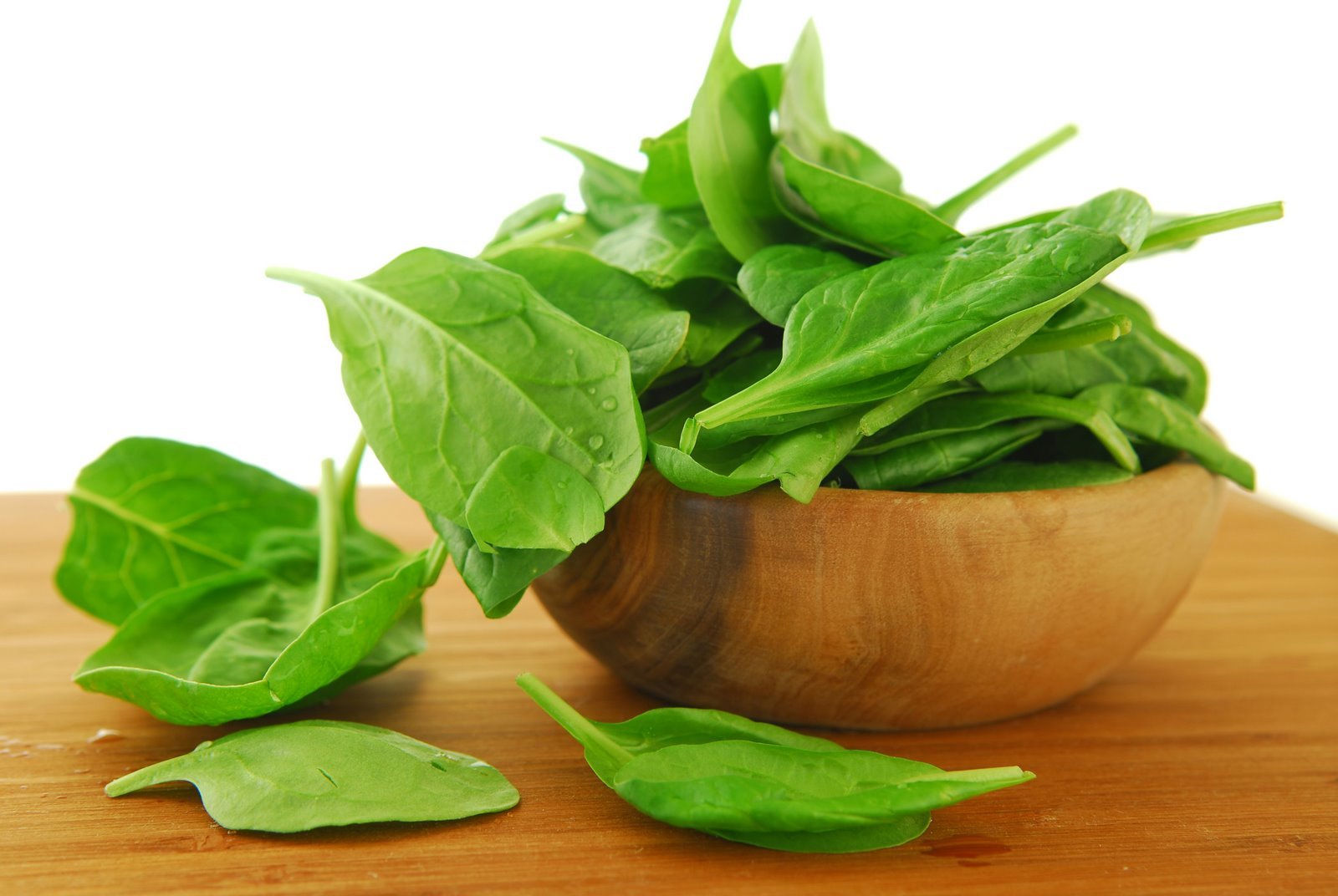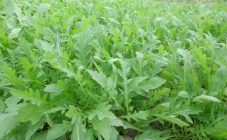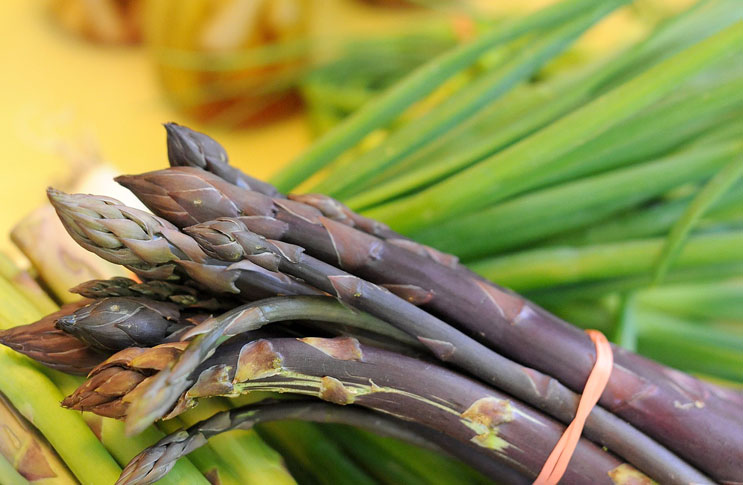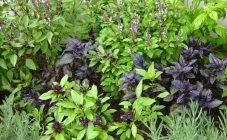Content:
The culture of Lemon basil has its application in the preparation of various dishes, being not only a seasoning in them. It can be one of the main ingredients, the reasons for this are the great taste and the beneficial substances it contains. Even being dried, Lemon basil does not lose its vitamins.
Basil leaves no one indifferent with a bright lemon aroma exuded by this plant. It acquired this name due to the smell and taste, similar to the taste of the well-known lemon, and also similar to the taste of camphor and lemon balm.
Agrotechnics
Basil is considered a plant that can grow both at home on a windowsill and in a garden, that is, an unpretentious crop. Before planting basil in an open area, you need to pay attention to some factors that contribute to the growth and development of the plant:
- It is necessary that the soil be loose and fertile, with a rich mineral composition;
- The landing site should be well lit;
- Watering is done regularly, but not too much. Waterlogging is just as bad for lemon-flavored basil as drought.
Basil vegetable Lemon Miracle planting and care
Usually the easiest way is to grow basil from seeds, by planting them in pots or boxes. When the culture becomes stronger and more resilient, it will take root better in the open field.
This process is performed even on an ordinary home windowsill, for this:
- Soil is poured into the pots, which includes the substrate, which can be bought in the store, humus and peat;
- Water mixed with mineral fertilizers is poured over the soil;
- Seeds are sown, the depth of the seed is 1 cm;
- Cover with glass or foil on top to maintain the desired humidity and temperature.
After about a week, sprouts will begin to appear, but there is no need to rush to transplant to the beds. Planting in open ground is necessary when the weather is favorable, and the seedlings need to become stronger. Seedlings are watered as needed, but without waterlogging.
When the first two leaves appear, a pick is needed. For this purpose, use a container or container of a sufficiently large size and fill it with exactly the same soil, previously fertilized. Fertilize with a mixture that includes a substrate, wood ash and mineral fertilizer. Plants must be submerged to the same 1 cm depth. After the sprouts begin to grow and get a little stronger, you need to pinch over 7 or 8 leaves.
Basil on the windowsill
At the very end of February, you can already start growing basil at home on the windowsill. It is better if special peat tablets or pots from peat are used.
To plant seeds, you need to prepare them. A solution of potassium permanganate is poured into a shallow plate, basil seeds are placed in it, for about 2 hours, covered with a cloth that breathes well.
The plant needs access to sunlight for 3 or 4 hours daily. The shoots are transplanted after the development of the first pair of leaves. Usually, a liter pot is used for this, with drainage at the bottom, which can consist of expanded clay or broken brick.The soil is preferable light and loose.
Basil loves moisture, and therefore the ground must be moist at all times. Watering is done every day, but it is important not to overdo it in order to prevent liquid stagnation and subsequent decay. Loosening should be done after each watering.
When using a soil that is not too nutritious, fertilization will be needed. For this, fertilizers are used, which are based on compost. Basil is fed once a month.
In the open field
Basil is cultivated in the same way as vegetables. As mentioned above, for planting basil in open ground, it is necessary that the selected area is well illuminated by the sun, but still at least slightly protected from the effects of the wind. Some gardeners plant basil near a young tree, which does not yet give shade due to the lack of branching.
The landing process is best done in the evening or on a day with prevailing cloudiness. Pits are prepared at a distance of 20 cm from each other. Seedlings are placed in them and watered abundantly with not cold and settled water.
All the simple steps in growing lemon basil are watering as needed, removing weeds, fertilizing, shallowing, and protecting against diseases and pests.
The first two weeks, when the seedlings did not have time to fully get stronger, it is still better to cover them with a film at night. Weeding until you can see that the plants are growing should be fairly frequent.
Loosening is done about 7 times during the entire ripening period. In order for the plant to branch better, fresh peduncles are neatly broken out.
Fertilize the culture for the first time two weeks after the transfer of seedlings. A solution of Nitrofoska is introduced in an amount of up to 5 liters per 1 square meter.
Diseases and pests
Basil Lemon rarely gets sick, but it does happen sometimes. Here are their main types:
- The fungal disease of seedlings is called Blackleg;
- Another fungal disease is Fusarium;
- Gray rot begins first on the foliage, and then, as a rule, captures the entire plant.
Cultural attackers:
- Aphid - sucks juices from leaves and shoots;
- The field bug also sucks juices out of the crop. The larvae of this pest are also dangerous.
Harvesting
The greens are cut when the plant has not yet bloomed. Leaves and branches up to 12 cm are preferred. Greens are dried in a shaded place. It can be stored for 3 years, while retaining its aromatic and healing properties.
Other varieties of basil
The height of the plant's bush can reach more than half a meter, the stem is rather branched, the leaves are fleshy, oblong, many small inflorescences form brushes.
The most famous and common are the following varieties:
- Bronze color and the classic shape of the leaves, with the usual, many familiar aroma signs - Basil Osmin, a variety used plus everything else to decorate the garden;
- With its rich and vibrant aroma, clove basil can replace the regular clove when used in cooking. It is used both dried and fresh;
- An annual, spicy anise basil can grow up to 60 cm, has a pronounced anise aroma. Used as a seasoning and as a flavoring in sweet-tasting dishes;
- Vitamin and early ripening purple plant is called Yerevan basil (Aelita). It is used for salads and meat. After freezing, it has the same properties;
- Basil is used as a seasoning. Named for the width of the foliage, bright green color;
- The most beautiful basil is the Thai Queen. Has the usual taste for basil and large inflorescences. It is possible to grow in pots all year round.
The incomparable aroma of vegetable basil called Lemon Miracle has been familiar to the inhabitants of the planet for a long time.Just a small amount can give a dish a very pleasant taste, whatever the conditions of the recipe.
Lemon basil, like all of its relatives, has some small care requirements, as you can see from the description, but following them, you can get a good harvest of aromatic spice in your garden.
